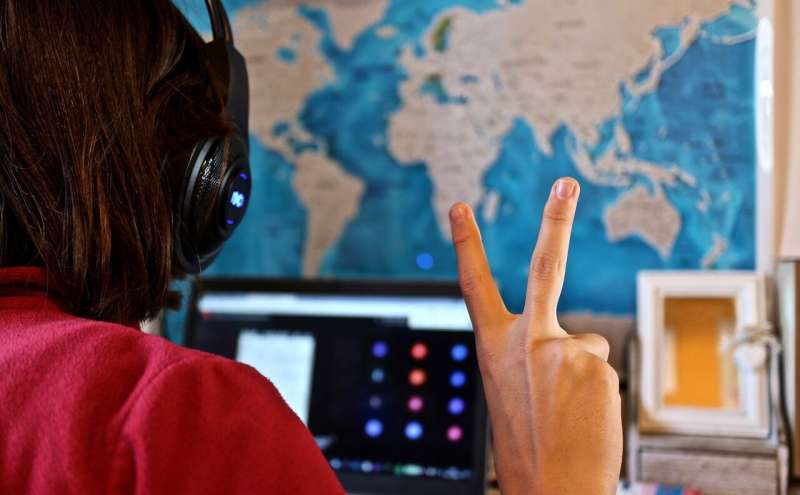School absenteeism rose amid pandemic, predominantly in more deprived areas

School absenteeism increased amid the COVID-19 pandemic in Scotland generally, and especially in more deprived areas, according to research at the University of Strathclyde.
The study found that the overall absence rate after the first wave of lockdown in 2020 was around 2.7% higher than in previous years. This increase was mainly due to COVID-19 related absences, while absence rates for other reasons were similar to those of previous years.
However, socio-economic disparity was also found to have increased in absences unrelated to the virus between the most and least deprived parts of Scotland.
The study, published in a briefing paper, recommends greater focus on addressing the disproportionate short- and long-term impact of the pandemic on the most vulnerable children.
The research was carried out using national school attendance figures from between 17 August and 4 December 2020. It was supported by funding from the Economic and Social Research Council (ESRC) Secondary Data Analysis Initiative Award.
Dr. Markus Klein, Senior Lecturer in Strathclyde's School of Education and co-author of the study, said: "Overall, absenteeism was greater than in previous years because students missed school for COVID-19 related reasons. Socioeconomic inequalities in absenteeism have always been there, but they have increased due to COVID-19 reasons and reasons unrelated to the virus."
Dr. Edward Sosu, Reader in the School of Education and co-author of the study, said: "School absenteeism is linked to poorer attainment and more inequalities in absences will also increase inequalities in attainment. After the second lockdown, we could very much see the same pattern of increasing socioeconomic inequalities in absences."
"It will be important for the Scottish Government to continue with regular monitoring of school attendance to address inequalities in educational outcomes."
Trends in overall school absences indicate that the rate of absence, 9.4%, after the first lockdown was above the average in previous years of 6.7%. Overall average absences following closures stood at 2.8% for COVID-19-related reasons and 6.6% for non-COVID-19 reasons, suggesting that the virus was responsible for the observed increase in overall absences.
Socioeconomic disparities in school absenteeism increased after the first lockdown compared to previous years. By the first week of December, the absence rate stood at almost 16% for the most deprived areas and around 6% for the most affluent. Even when the disparities were at their lowest, in the first week in August, the most deprived pupils' rate of 8.3% was still double the 4% for the least deprived.
More information: Socioeconomic disparities in school absenteeism after the first wave of COVID-19 school closures in Scotland: pure.strath.ac.uk/ws/portalfil … bsenteeism_after.pdf
Provided by University of Strathclyde, Glasgow





















